I'm working on a cubesat project intended to operate in low earth orbit. We're considering a few different options for our flight computer, ranging from Raspberry Pi to something like STM32L476. Despite being told repeatedly that "Raspberry Pis have a decent heritage in space," I'm not fully convinced.
It's hard to get a good picture of just how hazardous the conditions in LEO are to electronics.
- What range of radiation doses would we expect?
- How spaceworthy are microprocessors and microcontrollers for non critical and somewhat cost sensitive space applications?
- Would a watchdog timer be reasonably sufficient to protect against faults at lower radiation doses?
- More specifically, assuming we design our software accordingly and use STM32's watchdog peripherals, how long should we expect to survive in LEO from strictly failure caused by radiation?
Here are some resources I found, but they don't answer my questions completely.
- https://www.opensourcesatellite.org/downloads/KS-DOC-01251_STM32H7_Radiation_Test_Report.pdf
- https://aip.scitation.org/doi/10.1063/5.0010968
- https://digitalcommons.usu.edu/cgi/viewcontent.cgi?article=2934&context=smallsat
Some more information about my particular situation:
- We are very sensitive to cost so we cannot use all space-rated components for no reason. Vorago's radiation hardened MCUs that are about $1k per piece are out of our consideration as well.
- Thermal issues will be considered separately, but I have a reasonable idea of what to expect and how to perform testing. It's also quite easy to test compared to ionizing radiation.
